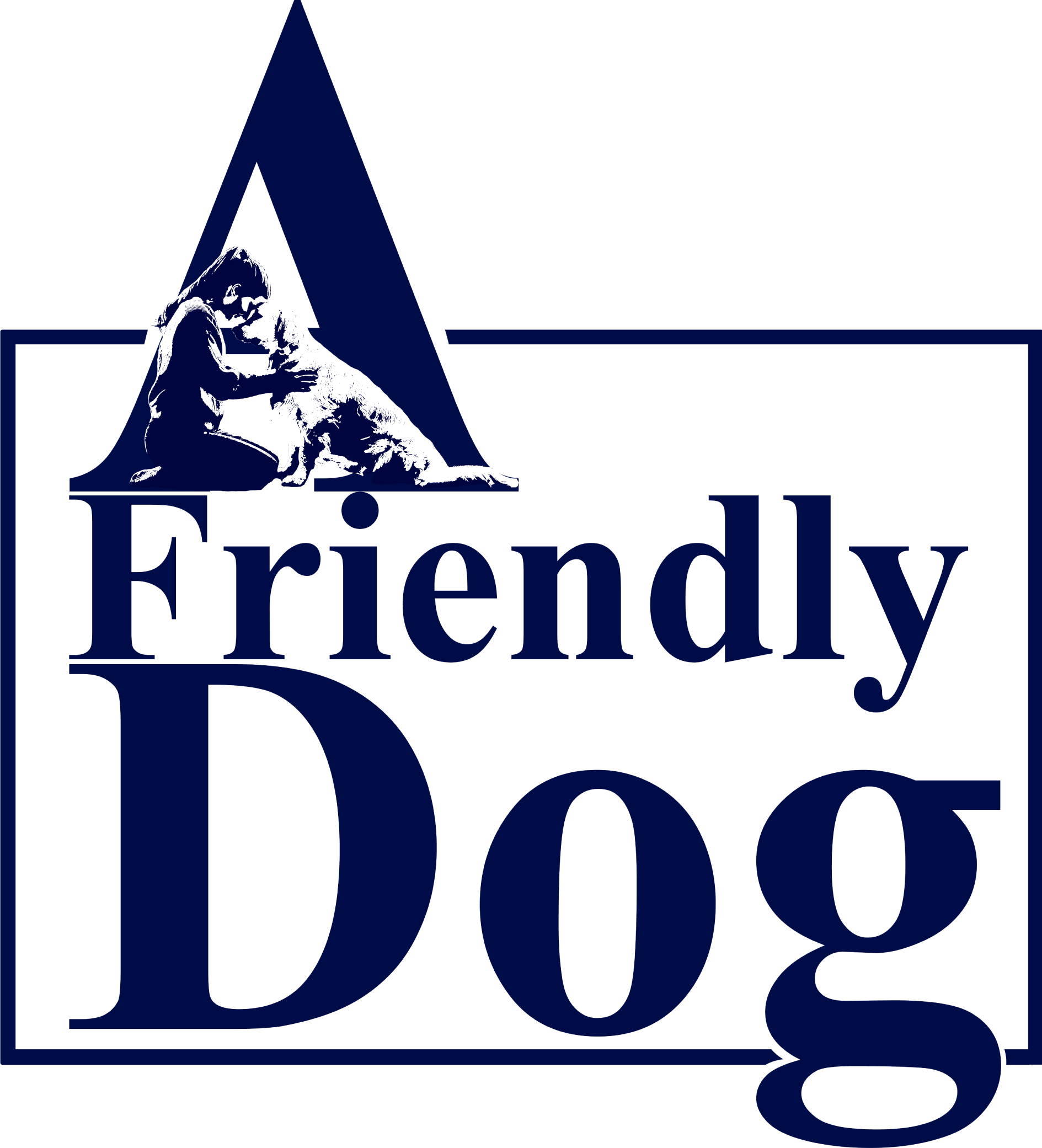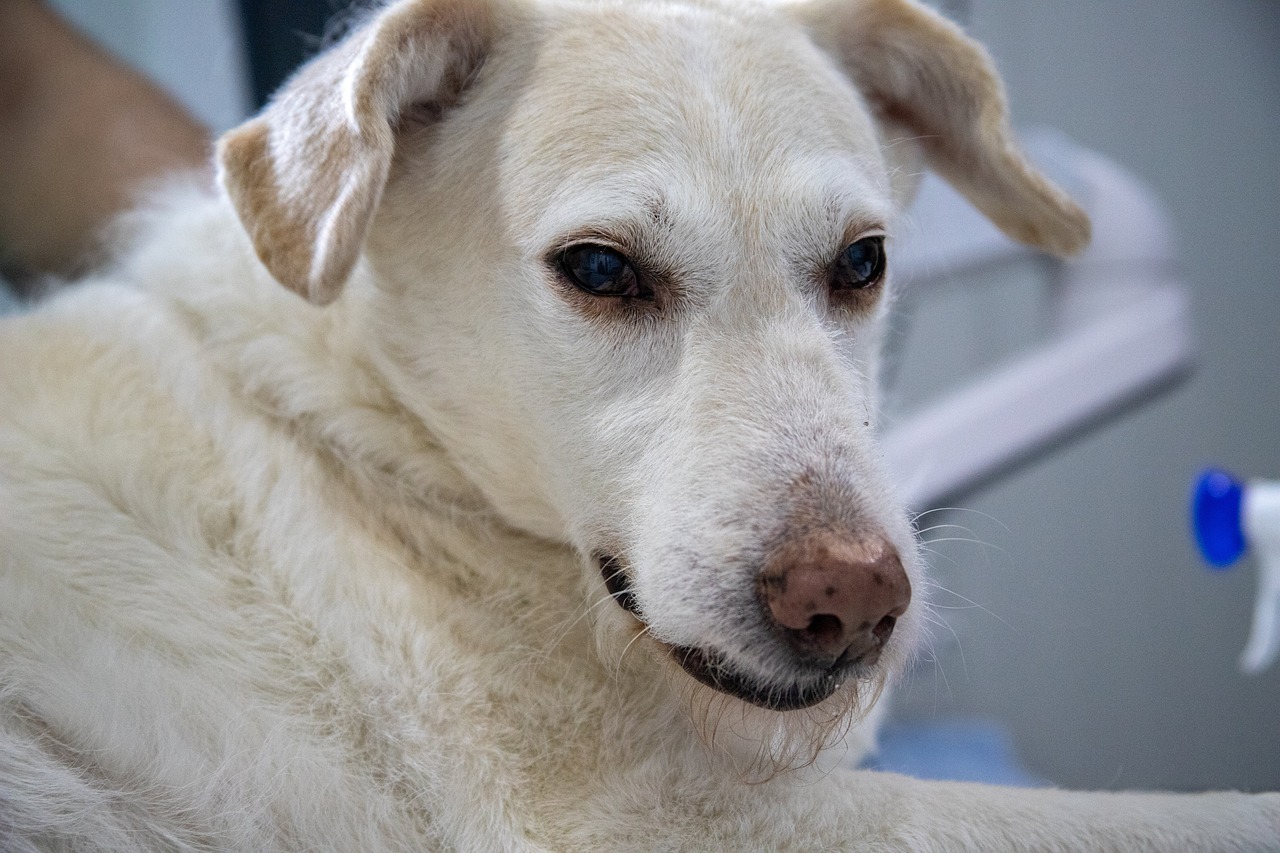It is recommended to feed adult dogs once or twice a day, with larger breeds requiring at least two meals to prevent overeating and bloating. Consulting with a veterinarian can help determine the best diet and feeding schedule to maintain your dog’s overall health. To obtain further information regarding a dog food product, it is recommended to directly contact the manufacturer. The World Small Animal Veterinary Association offers a useful questionnaire that can guide you in asking pertinent questions to a company representative.
It is important to note that small and large breed dogs have distinct nutritional needs. Large breed dogs are more susceptible to musculoskeletal issues as compared to smaller breeds, thus necessitating a different balance of nutrients in their diet to promote musculoskeletal health, particularly during their puppy stage. Conversely, small breed dogs may experience difficulty in consuming large-sized kibble and require a specialized small-breed dog food that caters to their unique nutritional requirements. It is advisable to conduct research on your dog’s breed to determine if there are any additional nutritional needs that should be taken into consideration.
The optimal choice for dog food is dry dog food, which is widely available and affordable. Unlike wet dog food, dry dog food does not require refrigeration and is easy to store due to its low water content. The manufacturing process of dry dog food involves combining and cooking ingredients such as meat and grains, which converts starches into a digestible form and eliminates toxins. There are various options of dry dog food available, and the best choice depends on your dog’s specific dietary needs. Generally, a high-quality dry dog food that is suitable for your dog’s life stage and breed is recommended. However, it is advisable to consult with your veterinarian or veterinary nutritionist to determine the healthiest option for your pet.
Alternatively, wet dog food, also known as canned dog food, is a viable alternative to dry dog food. Although slightly more expensive, wet dog food is more appealing to picky eaters and can stimulate their appetite. It contains similar ingredients to dry dog food but in different proportions. Wet dog food has higher amounts of fresh meat, poultry, fish, and animal byproducts, as well as textured proteins derived from grains. Once opened, canned dog food needs to be refrigerated but has a longer shelf life. Just like with dry dog food, the best choice of wet dog food depends on your dog’s life stage, breed, and any specific dietary needs or allergies. It is recommended to consult with your veterinarian to determine the most suitable wet dog food for your pet.

